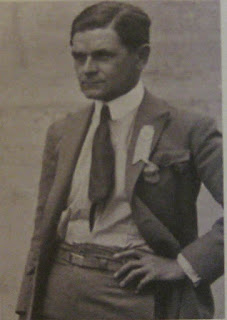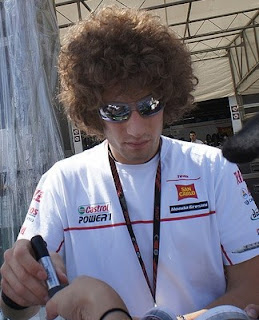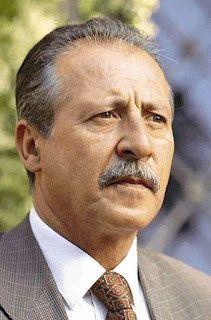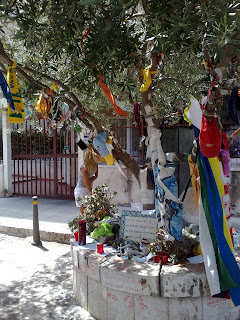The last trench infantryman
 |
| Carlo Orelli with President Ciampi, at the awards ceremony on his 109th birthday |
Orelli had signed up for active duty at the age of 21 and joined the Austro-Hungarian front after Italy joined in the war on the side of Britain, France and Russia in May 1915.
He took part in combat operations near Trieste, experiencing the brutality of trench warfare and seeing many of his friends die violent deaths, but after receiving injuries to his leg and ear he spent the rest of the war in hospital.
Orelli was born in Perugia in 1894, but his family moved to Rome, where he was to spend most of the rest of his life living in the Garbatella district.
He came from a military background and had a grandfather who had helped to defend Perugia against Austrian mercenaries in 1849. His father had served in the Italian Abyssinian campaign in the 1880s and his elder brother had fought in Libya during the war between Italy and Turkey in 1911.
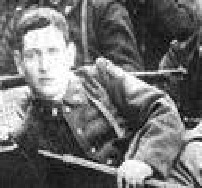 |
| Orelli pictured in his Italian military uniform in the First World War |
When the war was over he resumed his occupation as a mechanic and got married and had six children.
Despite his opposition to Fascism, he was sent to Gaeta to direct artillery during World War II, but he returned to his job as a mechanic afterwards and continued to live in Garbatella.
In later life he often talked about his experiences in the First World War and implored people not to forget the sacrifice his fellow soldiers had made.
In 2003, on the occasion of his 109th birthday, he was made a Grand Officer in the Order of Merit of the Italian Republic by the President, Carlo Azeglio Ciampi.
 |
| Carlo Orelli in a TV documentary about his life and wartime experiences |
After his death in 2005, he was talked about as ‘the last Italian World War I veteran,’ which was incorrect.
He was, in fact, Italy’s oldest survivor of the First World War, the last trench infantryman and the last survivor from the time Italy entered the war in 1915.
Travel tip:
Perugia, where Orelli was born, and which was defended by his grandfather against the Austrians, is the capital city of the region of Umbria. It has a history that goes back to Etruscan times, when it was one of the most powerful cities in the area. A stunning sight on a hilltop, Perugia is also home to two universities, the 14th century University of Perugia and another University for foreign students learning Italian.
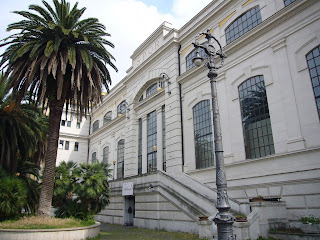 |
| The Centrale Montemartini museum is in the Garbatella district of Rome, where Orelli spent most of his life |
The Garbatella district, where Orelli lived for most of his life, is to the south of the centre of Rome. It is now a lively area with an unusual museum, the Centrale Montemartini in Via Ostiense, a former electricity power plant that now houses hundreds of pieces of Roman sculpture. Nearby, in Piazzale San Paolo, is the Papal Basilica of St Paul Outside the Walls, one of Rome’s four ancient churches, which was founded by the Roman Emperor Constantine I over the burial place of St Paul. The site had been marked with a memorial by some of the apostle’s followers after his execution.
More reading:
Francesco Chiarello - combatant in both world wars who lived until 2008
How General Armando Diaz masterminded Italy's victory at the Battle of Vittorio Veneto
The Villa Giusti armistice and the end of the First World War in Italy
Also on this day:
1506: The founding of the Papal Swiss Guard
(Picture credit: Centrale Montemartini by Lalupa via Wikimedia Commons)
Home


